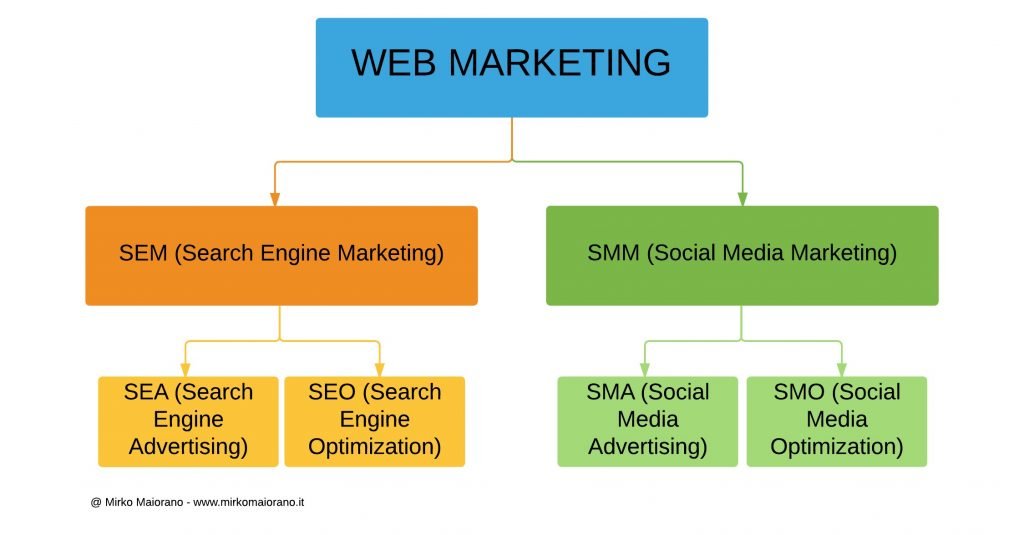Difference Between SMO and SMM: A Complete Guide for Your Business Growth
Meta Description:
Confused between SMO (Social Media Optimization) and SMM (Social Media Marketing)? Explore the key differences, benefits, and best practices of both strategies to grow your brand online with Apna Rajya.
Introduction
Social media has become a powerful growth engine for businesses today. From small startups to big brands, everyone is leveraging platforms like Facebook, Instagram, LinkedIn, and Twitter to connect with audiences, build awareness, and boost sales.
But when it comes to digital marketing, two terms often confuse business owners: SMO (Social Media Optimization) and SMM (Social Media Marketing). Both play a crucial role in shaping your online presence, but their approaches are different. Let’s explore the difference between SMO and SMM and how you can use both to grow your business.
What is SMO (Social Media Optimization)?
SMO focuses on optimizing your social media profiles and content to get maximum visibility and engagement—without spending on ads. It’s about building an organic presence that attracts people naturally.
Key SMO Techniques
- Creating strong, well-branded social media profiles
- Using relevant hashtags and keywords for visibility
- Posting engaging content like polls, reels, and infographics
- Adding social sharing buttons on your website/blog
- Encouraging user-generated content from your audience
Goal of SMO
The main goal of SMO is to increase organic reach, brand awareness, and engagement while building trust and credibility with your audience.
What is SMM (Social Media Marketing)?
While SMO is organic, SMM is about paid marketing strategies on social platforms. It helps brands reach a wider audience faster and generate measurable results like leads, traffic, and sales.
Key SMM Techniques
- Running paid ad campaigns on Facebook, Instagram, or LinkedIn
- Collaborating with influencers and content creators
- Promoting posts using boosted ads
- Using retargeting ads to bring back potential customers
Goal of SMM
The goal of SMM is to drive traffic, conversions, and quick results through targeted promotions and advertising.
Key Differences Between SMO and SMM
| Aspect | SMO (Optimization) | SMM (Marketing) |
|---|---|---|
| Focus | Organic growth & engagement | Paid growth & conversions |
| Cost | Free or minimal investment | Requires advertising budget |
| Outcome | Builds trust & long-term visibility | Quick results & targeted reach |
| Best For | Startups, bloggers, and small businesses | Brands looking for fast scalability |
| Example | Using hashtags, reels, and polls | Running Instagram Ads or Google Ads |
Benefits of SMO
- Builds brand awareness organically
- Enhances audience engagement
- Improves SEO rankings
- Cost-effective for startups
Benefits of SMM
- Delivers instant visibility
- Reaches a targeted audience
- Increases website traffic & conversions
- Provides measurable ROI
Best Practices for SMO & SMM
For the best results, businesses should combine both SMO and SMM. Here’s how:
- Post high-quality visuals and videos consistently
- Use trending hashtags for organic reach
- Run data-driven ad campaigns for targeted growth
- Track insights with analytics tools
- Maintain consistent branding across all platforms
Conclusion
The difference between SMO and SMM lies in their approach: SMO builds your organic online presence, while SMM drives faster growth through paid ads. Both are essential pillars of a strong digital marketing strategy.
At Apna Rajya, we believe that combining SMO and SMM helps businesses achieve both credibility and scalability. Whether you are a small business owner or an established brand, using both strategies together will help you stay ahead in the competitive digital world.
Target Keywords:
SMO, SMM, the difference between SMO and SMM, social media optimization, social media marketing, social media growth, digital marketing strategy, organic reach, paid ads, brand awareness.
Highlights (Quick Takeaways):
- SMO = Organic growth | SMM = Paid growth
- SMO builds long-term visibility & trust
- SMM drives quick conversions & measurable results
- Best results come when you combine SMO and SMM.





![Digital Marketing Course After 12th: What Most Students Don't Know [2025 Guide]](https://www.apnarajya.com/wp-content/uploads/2025/09/9c9965b8-a9a9-4627-99fd-255559da6082.webp)
https://t.me/s/pt1win/129
Актуальные рейтинги лицензионных онлайн-казино по выплатам, бонусам, минимальным депозитам и крипте — без воды и купленной мишуры. Только площадки, которые проходят живой отбор по деньгам, условиям и опыту игроков.
Следить за обновлениями можно здесь: https://t.me/s/reitingcasino
https://t.me/iGaming_live/4804
https://t.me/s/reyting_topcazino/18
https://t.me/s/reyting_topcazino/25
https://t.me/of_1xbet/107
https://t.me/s/ef_beef